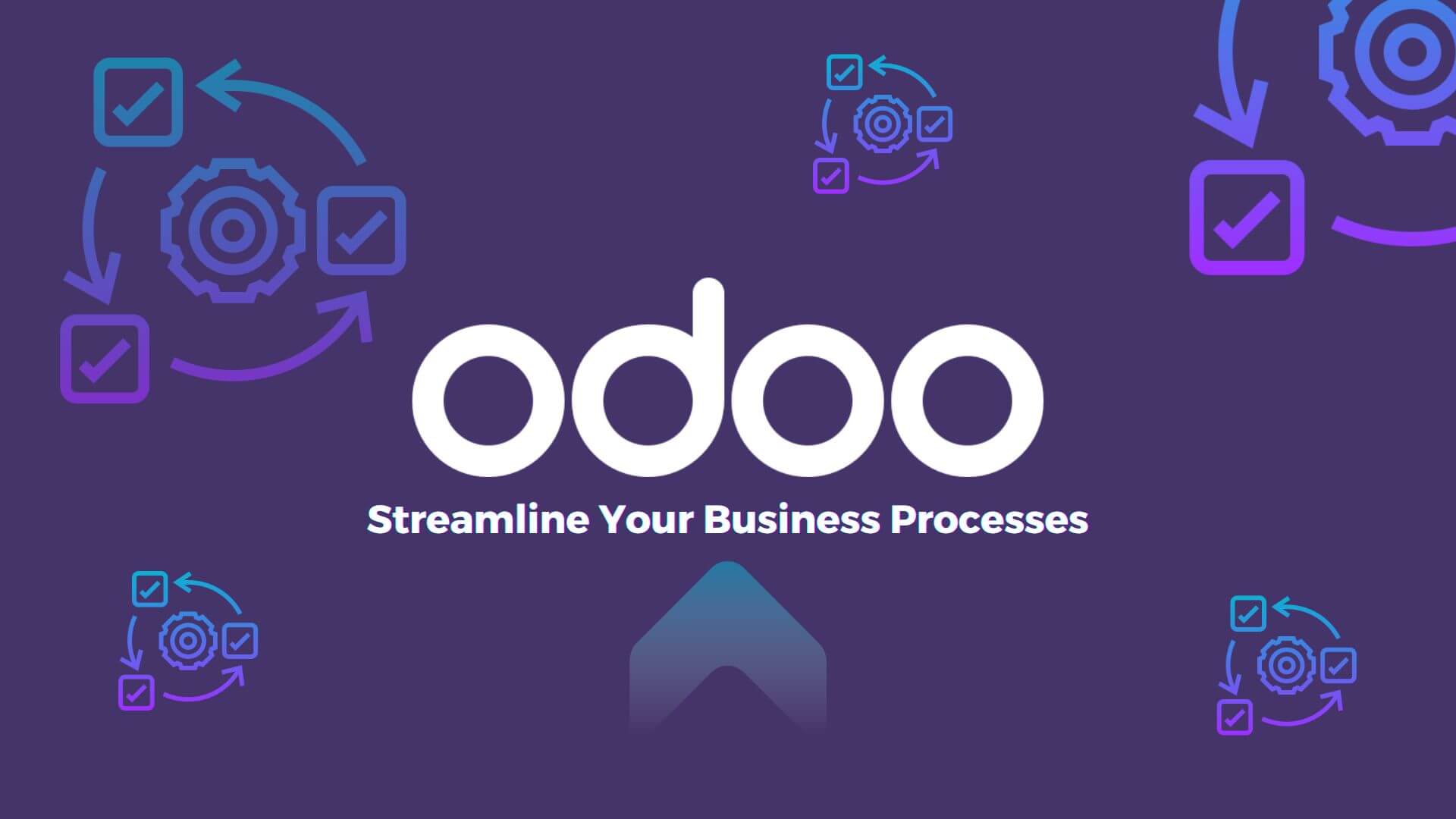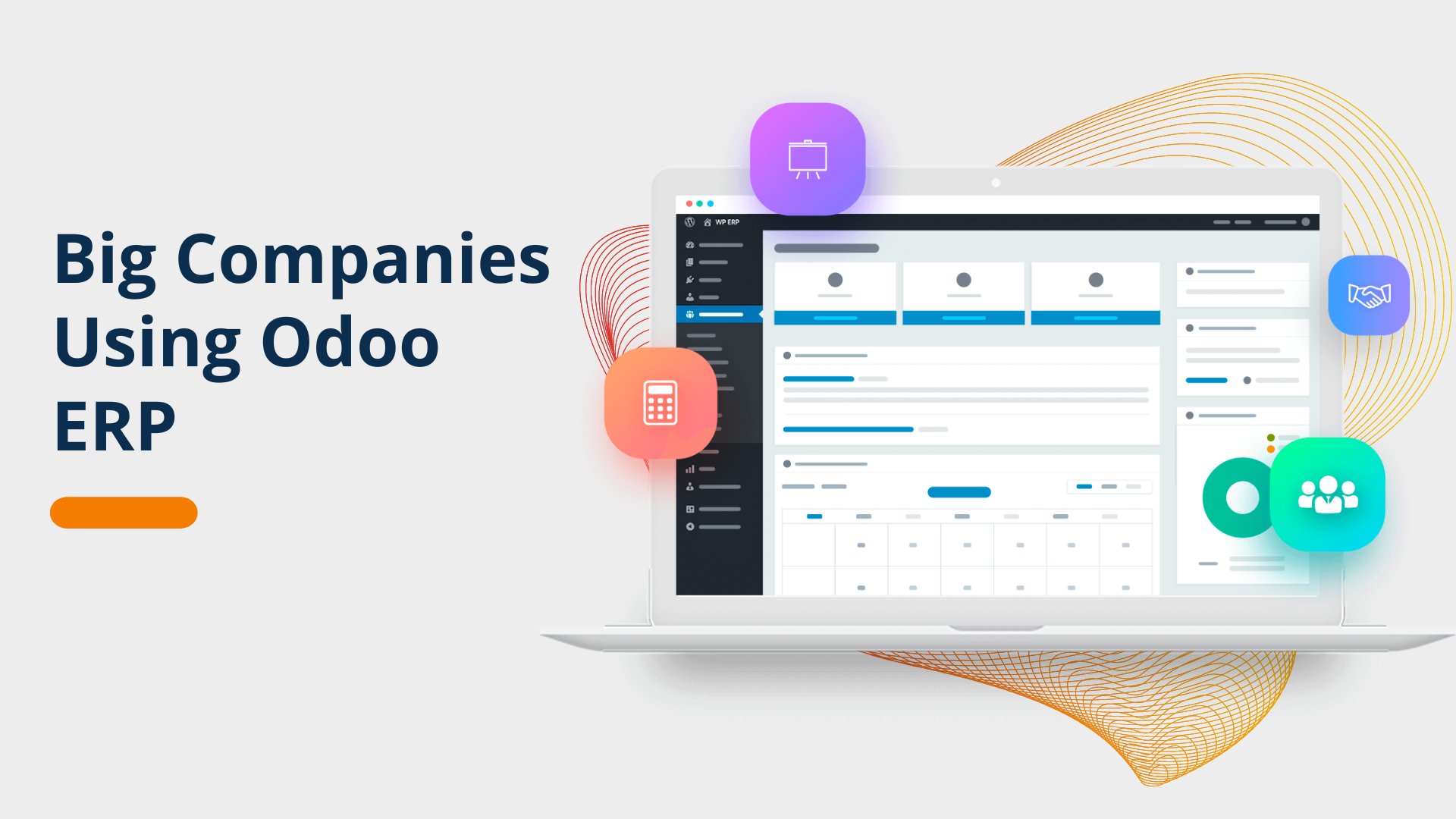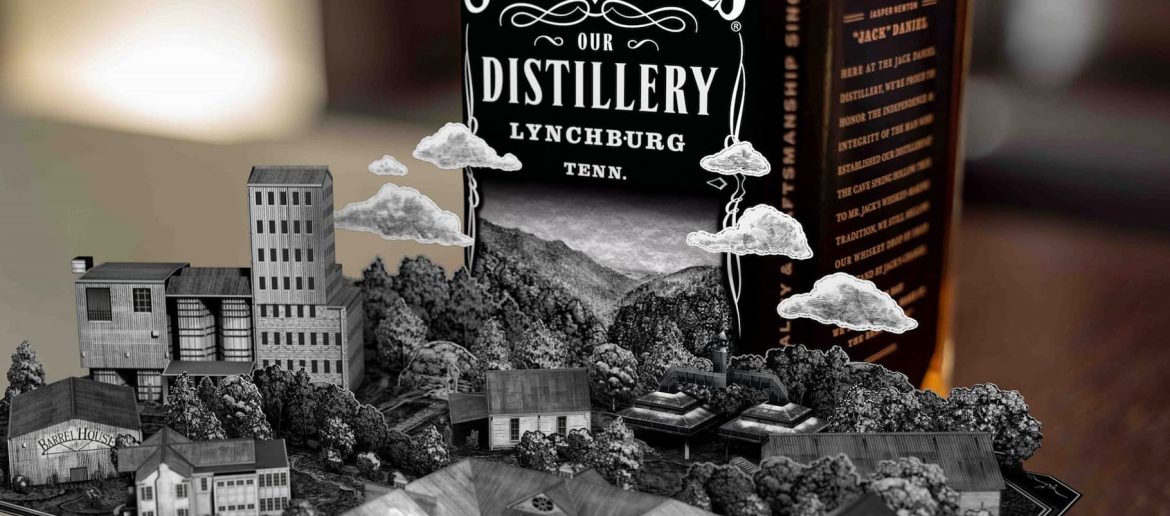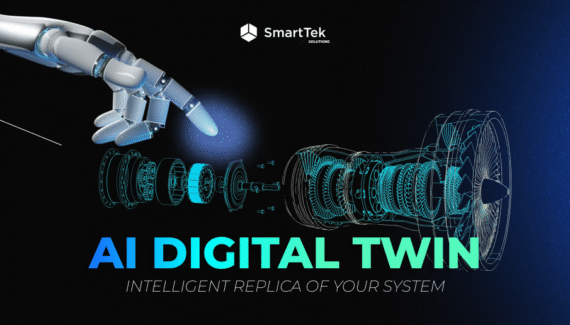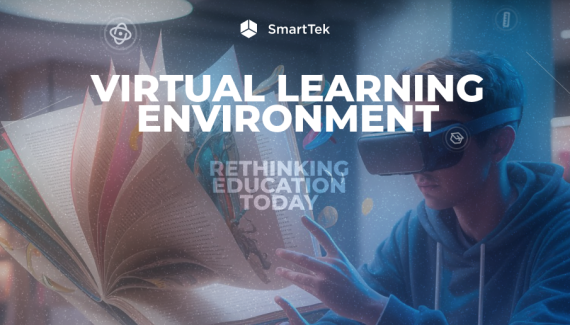AR technology can transform your product labels and packaging into interactive experiences. It is a revolutionary approach that engages consumers, provides them with valuable information, and makes their shopping experience informative and entertaining.
Let’s take a closer look at how AR labels could be the game-changer your business needs to succeed in a competitive landscape. In this article, you will learn how augmented reality labels work, see augmented reality packaging examples and some of the popular ways companies are using them.
What is an Augmented Reality product label and how does it work?
Augmented reality for packaging is a perfect alternative to the traditional product sticker. It’s a gateway to a virtual world that enhances the physical product with digital content. By scanning a QR code with a smartphone or tablet, consumers can unlock a rich multimedia experience that overlays on their devices. Augmented Reality food packaging is a new trend in merchandise.
How does AR technology work for interactive label creation?
- The process begins with the design of the 3d content. You can use images, simple animations, or even complex interactive presentations.
- Digital content is then embedded into the product label through a marker or QR code.
- Customers use their mobile devices to scan the label, which triggers the AR-enabled application.
- The AR application on the customer’s device recognizes the label and activates the digital content.
- Users interact with the digital content. They can explore product features, view how-to guides, or even play branded games.
For example, imagine a wine bottle with an AR label. When customers scan the label with their phone, they might see a 3D model of the vineyard where the grapes were grown, watch a short video about the winemaking process, or explore tasting notes and food pairing suggestions.
Business and Consumer Benefits of Augmented Reality Labels
When your product is one of many on the market, you need to make sure its labels are attractive enough to attract potential customers. But, you often don’t have much room to humanize your brand so that people understand your voice.
AR product labels and Augmented Reality product packaging allow companies to showcase their brands with behind-the-scenes content that allows consumers to more easily identify with them.
Take a look at augmented reality in pharmaceutical packaging:
Let’s explore the benefits of technology adoption for both businesses and consumers.
Benefits of AR labels for businesses:
- AR labels captivate consumers’ attention much longer than traditional labels.
- Interactive labels can influence purchasing decisions, leading to a direct uplift in sales figures.
- Using immersive technologies positions a brand as innovative and tech-savvy.
- Interaction with interactive elements provides valuable data on consumer preferences and behaviors.
- interactive labels and packaging can convey extensive product information and marketing messages without physical materials.
Bring your labels to life
Contact us to see how our AR/VR development services can solve your needs.
Get in touchConsumer benefits:
- Consumers gain access to a wealth of information about the product.
- AR adds a layer of entertainment and interaction, transforming shopping tasks into enjoyable experiences.
- Consumers can make more informed purchasing decisions with more information at their fingertips.
- AR product labels can offer personalized experiences based on user preferences and past interactions.
- With the ubiquity of smartphones, accessing AR content is straightforward, requiring only a device camera.
Consider a skin care product with an AR label that, when scanned, provides a virtual consultation. Users can see how the product works on their skin type, learn about the benefits of each ingredient, and even get personalized application tips. Interacting with AR labels provides consumers with valuable information and fosters a personal connection with the brand.
Examples of How AR Labels Can Be Used in Different Industries
From storytelling and brand heritage to critical information and interactive experiences, AR labels set a new standard in customer interaction. Below are some industries where AR labels have been successfully implemented.
Winemaking
In the winemaking industry, AR labels have been used to tell the unique stories behind each bottle. This approach creates a deeper connection between the consumer and the product.
Australian wine brand 19 Crimes brings history to life with its AR labels. Each bottle features a convict from the 18th century whose story is animated through the app. When consumers scan the label with their smartphone, they’re greeted with a compelling narrative from the character on the bottle, blending history with the enjoyment of wine.
The U.S. wine market alone is worth $62 billion. It’s estimated that the main driver for Millennials and Gen Z-ers is not the actual taste of the wine or the reviews it receives, but the design of the label.
Pharmaceuticals
Pharmaceutical brands use AR packaging to provide critical medication information and usage instructions. When scanned, these labels display interactive 3D models explaining how to use medications correctly. Utilizing AR technology aims to reduce misuse and enhance understanding of complex medical instructions.
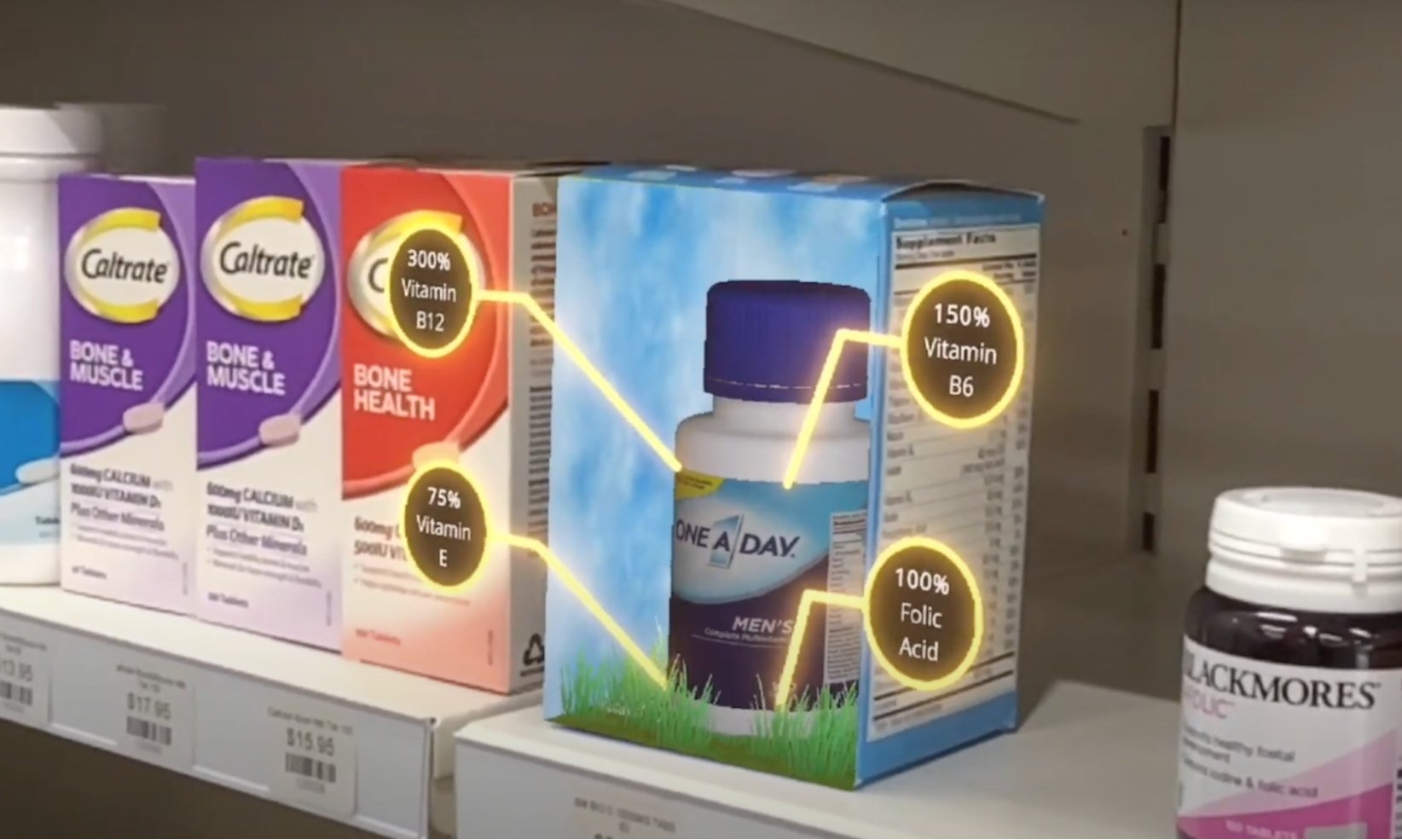
Want to learn more?
Contact us to learn more about how AR labels can help your business grow.
Drop us a lineManufacturing
Manufacturers are using AR labels on product packaging to replace traditional manuals with interactive, easy-to-follow guides. Bosch, known for its power tools, has long integrated AR.
By scanning the label, customers can access useful content such as assembly instructions, safety guidelines, maintenance tips, and more. This improves customer service and ensures that users can use their products safely and effectively.
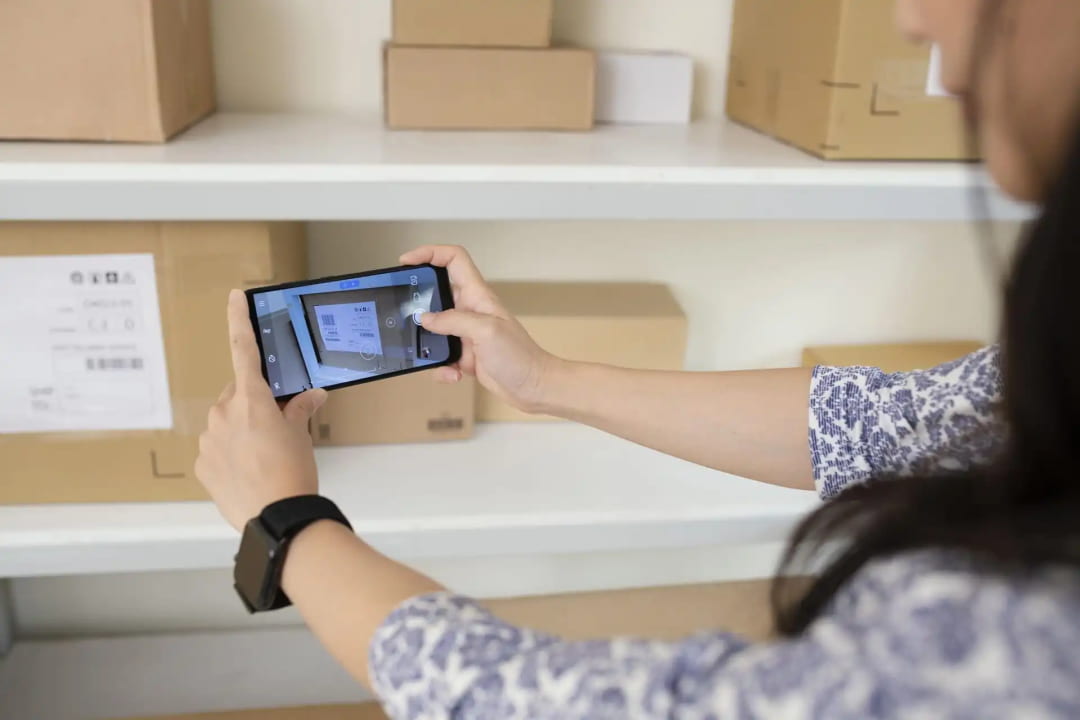
Retail and Fashion
The retail and fashion industries are using AR labels to provide customers with immersive experiences such as virtual try-ons and showcases, bridging the gap between online and in-store shopping.
Fashion giant Zara has launched an AR experience in select stores. Customers can scan a code with their smartphones to see models come to life on their screens wearing the latest collections.
Final Thoughts
The use of AR labels is undeniably a competitive advantage. It addresses the modern consumer’s desire for interactive and informative content, making it a powerful tool in the evolution of product branding and customer service.
Integrating AR labels into your product marketing is the right decision to stay ahead of the curve and truly differentiate your brand in the marketplace. Our team can help you implement this technology now. Engage your audience, build your brand, and lead your industry!
